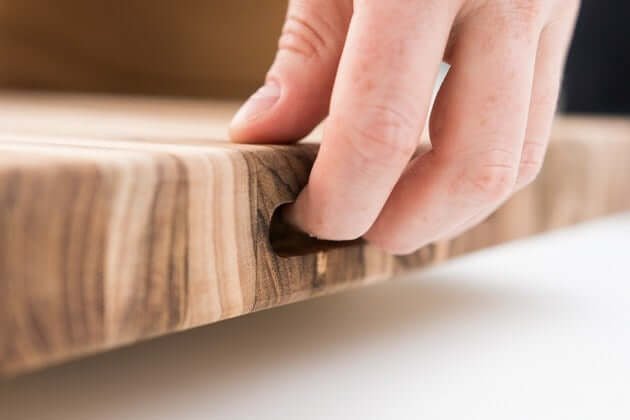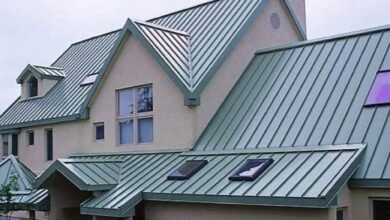When it comes to selecting the best wood for cutting boards, the decision goes beyond mere aesthetics. The right choice of wood impacts not only the durability and performance of the cutting board but also food safety and maintenance. In this article, we will explore various types of wood used in cutting boards, their properties, advantages, and disadvantages, and offer tips for maintaining your wooden cutting board.
A cutting board is an essential kitchen tool, serving as a surface for chopping, slicing, and preparing food. The material you choose for your cutting board can significantly affect the quality of your food preparation and the longevity of the board itself. Wood is a traditional choice that has stood the test of time, but not all wood types are created equal. Understanding the properties of different woods will help you make an informed decision.
Importance of Choosing the Right Wood
Selecting the right wood for your cutting board is crucial for several reasons:
- Durability: A well-made wooden cutting board can last for years if properly maintained. Hardwoods are generally more durable than softwoods and resist deep cuts and scratches better.
- Knife Preservation: Softer woods can dull knives more quickly, while harder woods provide a more forgiving surface that minimizes knife wear.
- Bacterial Resistance: Certain woods possess natural antibacterial properties, making them safer for food preparation.
- Aesthetics: The appearance of the wood can enhance your kitchen décor, adding a warm and rustic touch.
Types of Wood for Cutting Boards
Hardwoods vs. Softwoods
When considering the best wood for cutting boards, it’s essential to understand the difference between hardwoods and softwoods:
- Hardwoods come from deciduous trees (trees that lose their leaves in the fall) and are generally denser, more durable, and more resistant to damage. Examples include maple, walnut, and cherry.
- Softwoods come from coniferous trees (evergreens) and are usually less dense and more susceptible to scratches and dents. Examples include pine and cedar, which are not ideal for cutting boards due to their softness.
Popular Wood Types
Maple
Maple is one of the most popular choices for cutting boards, particularly hard maple (also known as sugar maple). It is known for its durability, resistance to knife marks, and fine grain, which helps prevent bacteria from settling in the surface.
- Pros:
- Highly durable and long-lasting
- Knife-friendly surface
- Natural antibacterial properties
- Aesthetically pleasing with a light color
- Cons:
- Can be prone to staining if not properly maintained
- Requires regular oiling to keep it from drying out
Walnut
Walnut cutting boards are favored for their rich, dark color and elegant appearance. Walnut is a dense hardwood that provides a beautiful contrast in the kitchen.
- Pros:
- Resistant to knife marks
- Natural beauty and elegance
- Good durability
- Cons:
- Generally more expensive than other woods
- Can darken over time with exposure to oil and moisture
Cherry
Cherry wood offers a warm, reddish hue that deepens over time, adding character to your kitchen. It is moderately hard and has a fine grain, making it a good option for cutting boards.
- Pros:
- Attractive color that darkens beautifully
- Smooth surface that is gentle on knives
- Natural antibacterial properties
- Cons:
- Softer than maple and walnut, making it less durable
- Can be susceptible to deep cuts and scratches
Teak
Teak is often chosen for its natural oil content, which makes it water-resistant and highly durable. It is a tropical hardwood that is ideal for cutting boards used in humid environments.
- Pros:
- Highly resistant to moisture and bacteria
- Durable and long-lasting
- Natural beauty with a warm color
- Cons:
- More expensive than other hardwoods
- Requires more frequent oiling to maintain its appearance
Bamboo
While technically a grass, bamboo is often classified with wood cutting boards. It is an eco-friendly choice that has gained popularity in recent years. Bamboo is lightweight, durable, and has a unique look.
- Pros:
- Eco-friendly and sustainable
- Naturally antibacterial
- Affordable
- Cons:
- Can be too hard for some knives, leading to dulling
- May require special care to avoid cracking
Factors to Consider When Choosing Wood
When choosing the best wood for your cutting board, consider the following factors:
Hardness and Durability
Hardness is crucial in determining how well the cutting board will stand up to knife use. Harder woods resist scratches and deep cuts better, providing a longer-lasting surface. The Janka hardness test measures the resistance of wood to wear and denting, with higher numbers indicating harder woods.
Knife-Friendliness
A cutting board should be gentle on your knives. Softer woods tend to be more forgiving, but they can show cuts and scratches quickly. Hardwoods strike a balance, providing durability while still being gentle enough not to dull your knives too quickly.
Resistance to Bacteria
Wood has natural antibacterial properties due to its cellular structure, which can inhibit the growth of bacteria. However, some woods are better than others. Maple and walnut are known for their antibacterial qualities, making them safer choices for food preparation.
Aesthetic Appeal
The appearance of your cutting board can enhance your kitchen’s aesthetic. Different woods offer various colors, grains, and finishes, allowing you to select a board that complements your kitchen décor.
Cost and Availability
Cost can vary significantly depending on the type of wood. Hardwoods like walnut and teak tend to be more expensive than maple or bamboo. Consider your budget and the availability of different wood types in your area.
Maintenance of Wooden Cutting Boards
To ensure your wooden cutting board lasts for years, proper maintenance is essential.
Cleaning
After each use, wash your cutting board with warm soapy water and a soft sponge. Avoid soaking it in water or putting it in the dishwasher, as this can cause warping and cracking. Rinse thoroughly and dry immediately.
Oiling
Regularly oiling your wooden cutting board helps prevent it from drying out and cracking. Use food-safe mineral oil or a specialized cutting board oil. Apply a generous amount to the surface, allowing it to soak in for a few hours or overnight before wiping off excess.
Repairing Damage
If your cutting board develops deep cuts or scratches, lightly sand the surface with fine-grit sandpaper to smooth it out. After sanding, clean the board and apply a fresh coat of oil to restore its appearance.
Conclusion
Choosing the best wood for a cutting board involves considering various factors, including durability, knife-friendliness, and aesthetic appeal. Hardwoods like maple, walnut, cherry, and teak offer excellent options, while bamboo serves as an eco-friendly alternative. Proper maintenance, including cleaning and oiling, will prolong the life of your wooden cutting board, ensuring it remains a reliable kitchen tool for years to come. By making an informed choice and caring for your board, you can enjoy the benefits of a beautiful, functional, and long-lasting cutting surface in your kitchen.
You may also read: The Pizza Edition




